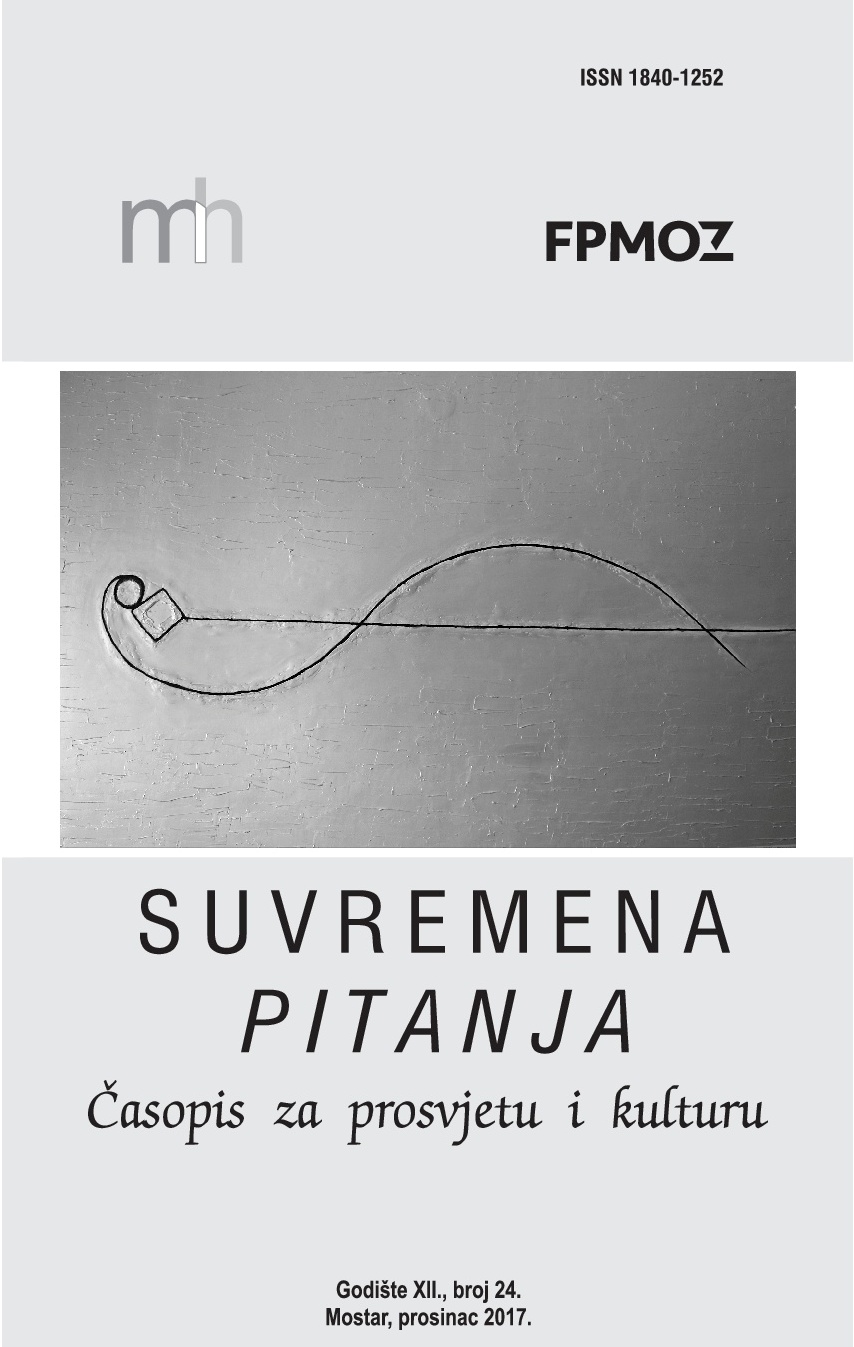Ontologija izbora geometrije prostora u fizikalnim teorijama
Ontology of the Choice of Space Geometry in Physical Theories
Author(s): Zoran PrimoracSubject(s): Logic, Philosophy of Science, Ontology
Published by: Matica hrvatska Mostar
Keywords: geometrical systems; space conceptions; independent entity; immanent property; definitions of congruence; inherent geometrical system; logical equivalence;
Summary/Abstract: With the appearance of different geometrical systems which at the axiomatic level have the same value, a question of “practical” geometry imposes itself, that is, the question which geometrical system is the most appropriate for the description of the physical space. The answer to this question is of crucial importance for physical theory whose task is to describe physical reality. In this short retrospect one will try to give some basic suppositions in the solution of this problem. Through the analysis of space perceptions in the western philosophical tradition it is possible to identify a twofold appearance of the notion of space: space as an immanent property (of a body, field etc.) and space as an independent entity. These two conceptions are dichotomic, that is, they determine two different paradigms which are mutually irreducible. Accepting the conception of space as an independent entity, geometry appears as a science about the structure of that independent entity. Geometrical objects such as a point, a line, etc. represent a part of space by itself and to not belong to a set of physical objects. They can be approximated from physical objects but not identified. In this approach the space geometry is given by definition. The conception of space as an immanent property gives the real physical objects the property of extensibility thereby putting extensibility at the level of physical properties. But for extensibility to be experimentally applicable, all other physical properties that affect the change in the size of extensible objects have to be eliminated. One should expect that the behaviour of “pure” extensible objects can give an answer about the inherence of geometry and extensibility. But what is important these etalons of extensibility, that is, congruency, have to be determined in advance, that is, by definition. Here we have to emphasize that the two conceptions of space have a different approach to the choice of geometry but both have been put at the level of notional definition which means that none of them has a logical advantage in relation to the need of introducing the given definitions in physics.
Journal: Suvremena pitanja
- Issue Year: 2017
- Issue No: 24
- Page Range: 30-46
- Page Count: 17
- Language: Croatian

